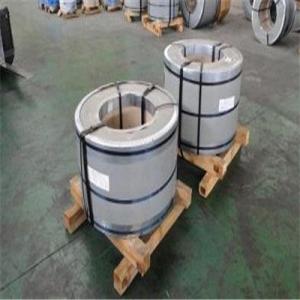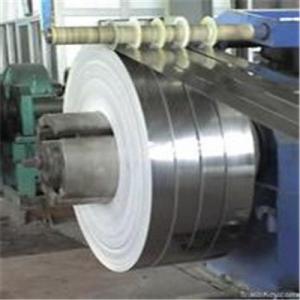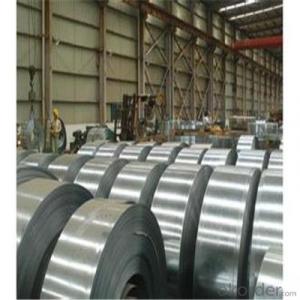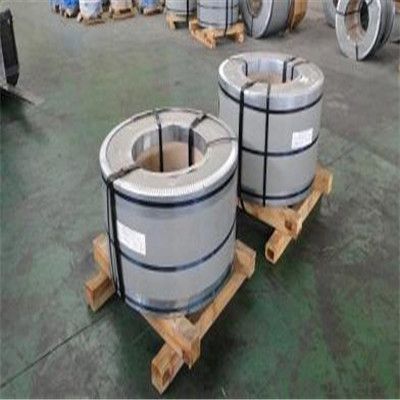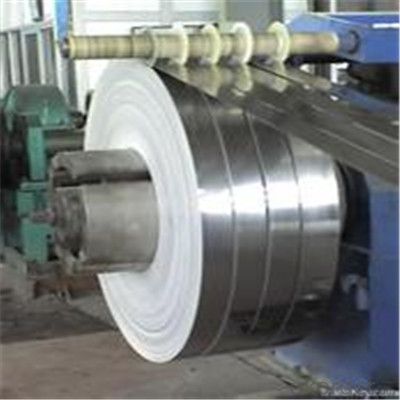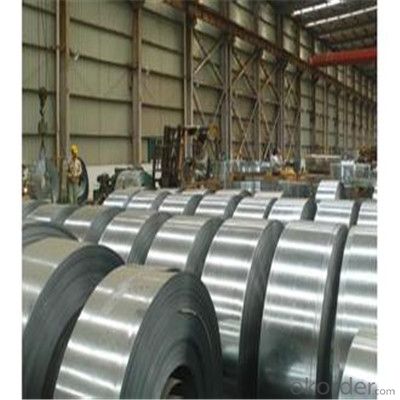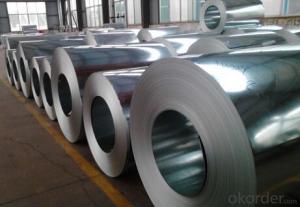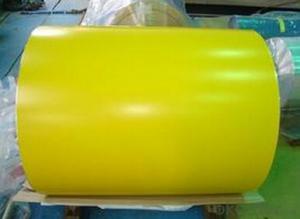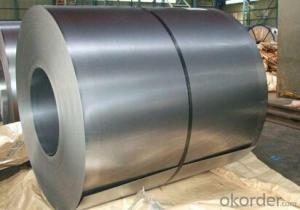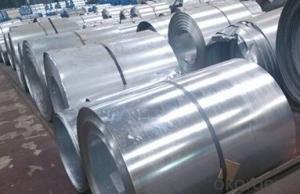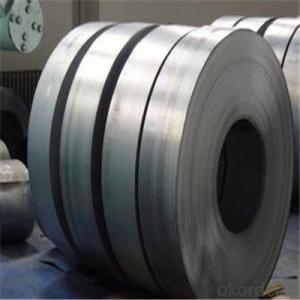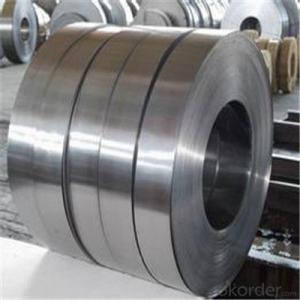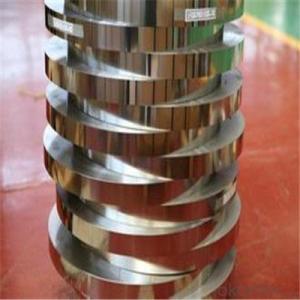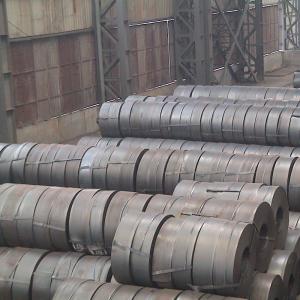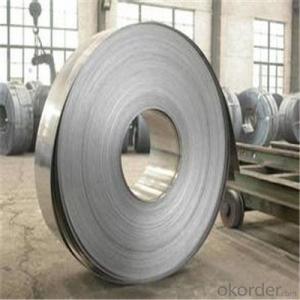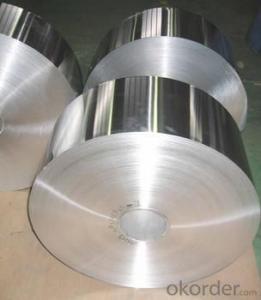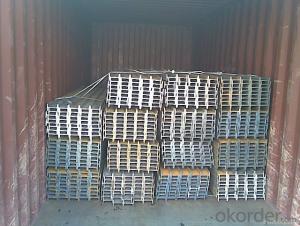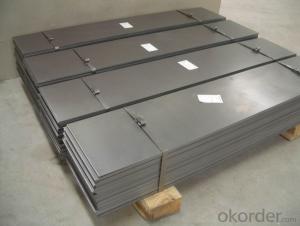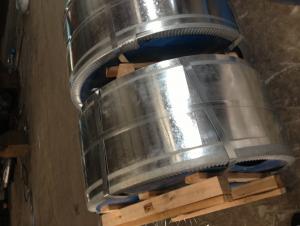Steel Strip Coils Q195 Q235 Professional Manufacturer in China
- Loading Port:
- Shanghai
- Payment Terms:
- TT OR LC
- Min Order Qty:
- 44 m.t.
- Supply Capability:
- 4433222 m.t./month
OKorder Service Pledge
OKorder Financial Service
You Might Also Like
Specification
Applications of Steel Strip Coils:
1:Chemical industry equipment, Industrial tanks
2:Medical Instruments,Tableware, Kitchen utensil,kitchen ware
3:Architectural purpose, Milk & Food processing facilities
4:Hospital Equipment, interior Exterior decoration for building
5:Architectural purposes, escalators, kitchen ware,vehicles
Festures of Steel Strip Coils:
1. Each coil is closely covered by oil paper or plastic film.
2. Outside it is firmly packed with sack cloth or compound paper.
3. Steel strap or PP strap to pack the outside to ensure safety.
Specifications of Steel Strip Coils:
| Description | Hot Rolled Steel Strip |
| Brand | Tianjin Metallurgical No.Steel Group |
| Specification | 1.2-6.0mm*70mm |
| Standard | AISI,ASTM,BS,DIN,GB,JIS |
| Material | Q195,Q215,Q215B,Q235,Q235B |
| Application | Widly used in welding steel pipes, and bicycle making etc. |
| Certificates | BV,SGS,ISO etc. |
| MOQ | 20 tons or according to customers’ requirement. |
| Port of Delivery | Tianjin Port of China |
| Remarks | We can provide qualify goods,competitive price and speedy delivery |
Images of Steel Strip Coils:
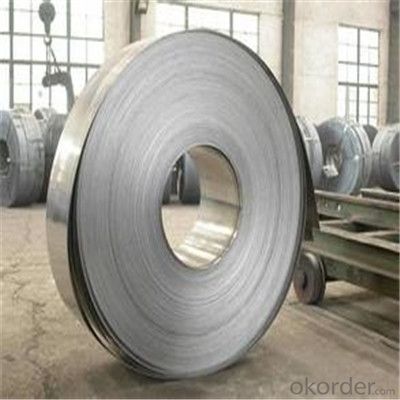
FAQ
1.What's your MOQ?
25MT, it is for one container.
2.Do you have QC teams?
Yeah, sure, our QC team is very important, they will keep the quality control for our products.
3. What's your normal delivery time?
Our delivery time about 10-20days for standard sizes, if you have other requirements like hardness and width ,it is about 20-40days.
- Q: How are steel strips used in the production of springs?
- Steel strips are used in the production of springs as they provide the necessary strength and flexibility required for the spring's functionality. These strips are shaped and coiled to form the desired spring shape, and their inherent properties allow for efficient energy absorption and release when the spring is compressed or stretched.
- Q: How do steel strips perform in high-stress or high-load applications?
- Steel strips are known for their exceptional strength and durability, making them well-suited for high-stress or high-load applications. Due to their robust nature, steel strips can withstand heavy loads and pressure without deforming or breaking, ensuring reliable performance in demanding conditions. Their ability to resist fatigue and maintain structural integrity makes them a preferred choice in industries such as construction, automotive, and aerospace, where substantial stress and load-bearing capabilities are crucial.
- Q: What are the typical dimensions of steel strips?
- Steel strips come in varying dimensions, depending on their specific application and industry standards. Nonetheless, there are commonly used dimensions that are widely accepted. Typically, steel strips are thin and flat pieces of steel that are produced in a continuous strip form. The width of these strips can vary from a few millimeters to several hundred millimeters, depending on the intended purpose. Common widths range between 20 mm and 200 mm. The desired strength and flexibility determine the thickness of steel strips, which can range from very thin gauges (less than 1 mm) to thicker gauges (up to 10 mm or more). Gauge, a standardized measurement system for sheet metal thickness, is often used to specify the thickness. The length of steel strips can be as long as the manufacturing process permits or as short as the customer requests. Standard lengths are usually based on the size of the coil or roll in which the steel strip is produced. These coils can vary in length from a few meters to several kilometers. It is important to remember that these dimensions are not fixed and can be tailored to specific requirements. Some steel strips may have unique dimensions depending on the industry they serve, such as automotive, construction, or manufacturing. Therefore, it is advisable to consult the relevant industry standards or specifications to determine the typical dimensions for a particular application.
- Q: How do steel strips compare to other materials like aluminum or plastic?
- Steel strips have several advantages over other materials like aluminum or plastic. Firstly, steel strips have superior strength and durability, making them ideal for applications requiring high load-bearing capacity. They also exhibit excellent resistance to impact, corrosion, and extreme temperatures. In contrast, aluminum may be lighter but lacks the same level of strength and corrosion resistance as steel. Plastic, on the other hand, is lightweight but often lacks the necessary strength and durability for demanding applications. Overall, steel strips offer a balance of strength, durability, and resistance that make them a reliable choice for various industrial and construction purposes.
- Q: How are steel strips used in the production of agricultural irrigation systems?
- Steel strips are used in the production of agricultural irrigation systems as they provide structural support and durability to the system components such as pipes, connectors, and brackets. These strips are often used for reinforcement and to prevent bending or breaking under pressure, ensuring the longevity and efficiency of the irrigation system.
- Q: Can steel strips be used for making small electronic components?
- Small electronic components can be made using steel strips. Steel is a widely used material in various industries, including electronics. Although copper or aluminum are commonly preferred for electronic components, steel can also be employed for specific purposes. Steel strips can be molded, trimmed, and manipulated into different shapes and sizes to form connectors, springs, shielding, or brackets. Nevertheless, it is crucial to acknowledge that steel may not be suitable for all electronic components due to its conductivity limitations or susceptibility to magnetic interference. Hence, the selection of material relies on the specific requirements and properties desired for the electronic component.
- Q: How are steel strips tested for impact resistance?
- To ensure the durability and capacity of steel strips to endure sudden forces or impacts, they undergo testing using a variety of methods. One such method is the Charpy impact test, where a notched or pre-cracked sample of the steel strip is struck by a swinging pendulum in a single blow. The energy absorbed during the fracture of the specimen is measured to determine the steel strip's impact resistance. Another method is the drop weight test, where a weight is dropped from a specific height onto a sample of the steel strip. The force and energy absorbed by the strip upon impact are measured, allowing for the evaluation of its impact resistance. Furthermore, the Izod impact test can be used to test steel strips. This test is similar to the Charpy test but involves a different configuration of the specimen. In the Izod test, the sample is clamped vertically, and a swinging pendulum strikes the center of the specimen, causing it to bend and eventually fracture. The energy absorbed during fracture provides valuable insights into the impact resistance of the steel strip. These tests are essential for manufacturers and engineers to assess the ability of steel strips to withstand sudden forces or impacts that may occur during their intended applications. By ensuring the steel strips have sufficient impact resistance, the overall safety and durability of various products and structures that rely on these materials can be guaranteed.
- Q: How do steel strips resist wear and tear?
- Steel strips resist wear and tear due to their high strength, hardness, and durability. The inherent properties of steel, such as its toughness and resistance to abrasion, make it highly suitable for withstanding friction, impact, and other forms of wear and tear. Additionally, steel strips can be further enhanced through various surface treatments or coatings, which provide an additional layer of protection against corrosion and wear.
- Q: How do steel strips contribute to magnetic properties in various applications?
- Steel strips contribute to magnetic properties in various applications due to their composition and processing. Steel is an alloy primarily made of iron with a small percentage of carbon and other elements. The presence of iron is crucial for its magnetic properties. Iron is a ferromagnetic material, meaning it can be magnetized and retains its magnetism. The carbon content in steel determines its hardness and magnetic characteristics. Higher carbon content leads to increased hardness but decreases magnetic properties. Therefore, steel strips used for magnetic applications are typically low carbon or have controlled carbon content. The processing of steel strips also plays a significant role in their magnetic properties. Annealing, for example, involves heating the steel strips and then slowly cooling them to relieve stress and refine the grain structure. This process enhances their magnetic properties by aligning the iron atoms in a consistent manner. Steel strips are widely used in the production of electromagnetic cores, transformers, and inductors. In these applications, the steel strip acts as a magnetic core that concentrates and directs the magnetic field. The magnetic properties of steel strips allow for efficient energy transfer and reduce energy losses in electromagnetic devices. Furthermore, steel strips are used in magnetic shielding applications. The high magnetic permeability of steel allows it to redirect or absorb magnetic fields, protecting sensitive electronic components from electromagnetic interference. In summary, the magnetic properties of steel strips are essential for various applications. The composition and processing of steel determine its magnetic characteristics, making it a versatile material for electromagnetic cores, transformers, inductors, and magnetic shielding.
- Q: Can steel strips be used in high-temperature environments?
- Yes, steel strips can be used in high-temperature environments. Steel is known for its high strength and durability, making it suitable for various applications, including in high-temperature conditions. Certain types of steel, such as stainless steel, are specifically designed to withstand elevated temperatures without losing their structural integrity. Stainless steel, for example, contains chromium and other alloying elements that provide excellent heat resistance, corrosion resistance, and oxidation resistance. These properties make stainless steel strips ideal for use in industries like aerospace, automotive, manufacturing, and energy, where high temperatures are common. Additionally, steel strips can also be coated or treated with heat-resistant materials to enhance their ability to withstand extreme temperatures, further expanding their applications in high-temperature environments.
Send your message to us
Steel Strip Coils Q195 Q235 Professional Manufacturer in China
- Loading Port:
- Shanghai
- Payment Terms:
- TT OR LC
- Min Order Qty:
- 44 m.t.
- Supply Capability:
- 4433222 m.t./month
OKorder Service Pledge
OKorder Financial Service
Similar products
Hot products
Hot Searches
Related keywords
